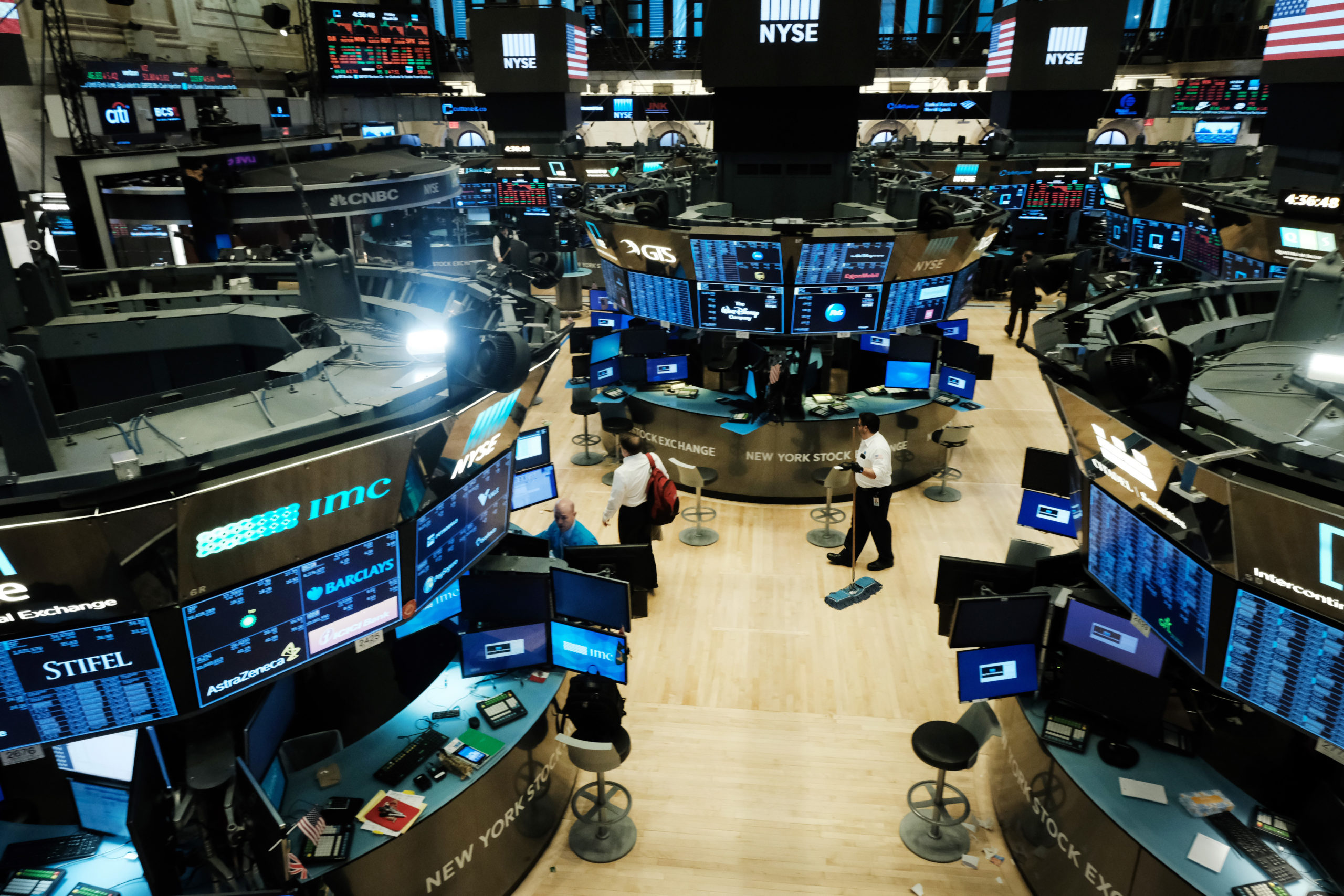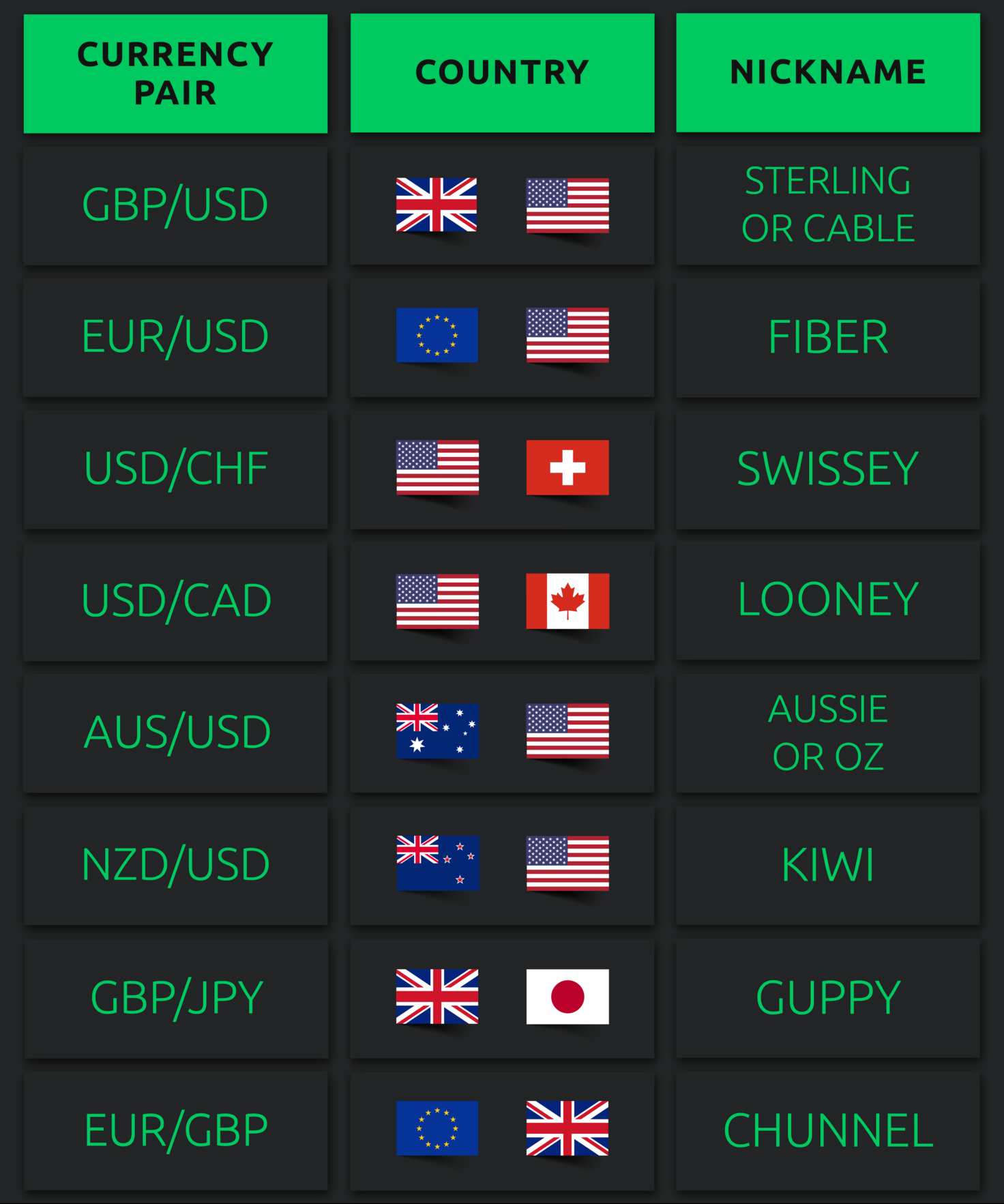- MON: PBoC LPR & Israel Policy Announcements; German Producer Prices (Oct), US National Activity Index (Oct), New Zealand Trade Balance (Oct), UK CBI Orders (Nov)
- TUE: EZ Current Account (Sep), Canadian Retail Sales (Sep), EZ Consumer Confidence Flash (Nov), US Richmond Fed (Nov), Australian PMIs Flash (Nov)
- WED: RBNZ Policy Announcement, Japanese Holiday; EZ, UK & US PMIs Flash (Nov), US Durable Goods (Oct), University of Michigan Final (Nov), US New Home Sales (Oct)
- THU: Riksbank, CBRT & SARB Policy Announcements, ECB Minutes (Oct), US Thanksgiving; German Ifo (Nov)
- FRI: US early-close, CBRT Financial Stability Report; UK GfK (Nov), German GDP Detailed (Q3)
NOTE: Previews are listed in day-order
PBoC LPR (Mon):
The PBoC’s Loan Prime Rates (LPRs) are expected to be maintained with the 1yr at 3.65% and the 5yr at 4.30%. Expectations for an unchanged decision arise from the One-Year Medium-Term Lending Facility Rate (MLF) being maintained at 2.75%. Desks suggest that China is walking on a tightrope after the PBoC’s decision in August to lower key rates accelerated the Yuan’s decline since, whilst the fresh wave of COVID infections across the nation has hit the raft of activity data from the second largest economy in the world. “Any fresh monetary policy stimulus will be largely dependent on credit demand, which tumbled more than expected in October”, according to ANZ’s China Strategist, who also noted that the PBoC will “continue to maintain ample liquidity, but chances for an interest rate cut are low.”
The RBNZ is widely expected to raise its Cash Rate at the upcoming meeting, with 15 out of 23 analysts polled by Reuters forecasting a 75bps move, while the rest lean towards 50bps. The calls for a hike come amid hot inflation at 7.2% Y/Y in Q3 – well above the RBNZ’s 1-3% target – which comes in conjunction with a tight labour market. ANZ, ASB, Kiwi Bank, BNZ, and Westpac all forecast a 75bps hike on Wednesday. Analysts at ANZ suggested “The RBNZ has already proven that it’s not in the least afraid to go its own way, and the global tilt towards slower hikes is unlikely to play a significant part in the decision… We are forecasting the OCR to peak at 5.0%, via another 75 bp hike in February on a ‘let’s just get it done’ basis. If data cools more rapidly than expected the RBNZ could well slow the pace at that point.”
Eurozone Flash PMI (Wed):
Expectations are for November’s manufacturing PMI to fall to 46.0 from 46.4, services to decline to 48.0 from 48.6, leaving the composite at 47.07 vs. prev. 47.3. The prior report was characterised by a deeper decline into contractionary territory as both manufacturing and service industries lost ground. S&P Global observed “After a weak third quarter of PMI and official GDP data, the latest survey results for the start of the fourth quarter suggest the eurozone economy is now headed for a winter recession”. This time around, analysts at Investec suggest that “October’s reading points to a weak start to Q4, where we ultimately expect a contraction in GDP”. The desk adds that “with little in the way of major news to shift the economic narrative and inflation still high (10.6% in October) we expect economic conditions to remain weak”. From a policy perspective, the December meeting is increasingly likely to see a step down from 75bps to a 50bps increment with hawkish policymakers doing little to talk up a 75bps move. ING posits “with a view to the December meeting we caution that the ECB’s hawks might ask for more progress on quantitative tightening in return for less aggressive action on rates”. Note, a disappointing reading could refocus minds over the 2023 outlook which sees the deposit rate currently seen peaking at around 3% in the summer.
UK Flash PMI (Wed):
Expectations are for November’s services PMI to decline to 48.0 from 48.8, manufacturing to fall to 45.5 from 46.2, leaving the composite at 47.8 vs. prev. 48.2. The prior report was characterised by the service sector slipping from neutral to contractionary territory, whilst the manufacturing industry contracted at a faster rate than prior. S&P Global noted “the heightened political and economic uncertainty has caused business activity to fall at a rate not seen since the global financial crisis in 2009 if pandemic lockdown months are excluded.” This time around, Oxford Economics suggests “there’s a chance that the flash PMIs for November will have been buoyed by an easing in the financial market and political turmoil seen after the mini-Budget”. However, the consultancy cautions that this positivity will naturally be countered by the “still-intense cost-of-living pressures and very depressed consumer sentiment”. From a policy perspective, markets price a 50bps December BoE hike at around 85% with the MPC expected to step back from the 75bps in November. Many desks continue to look for a scaling back of market pricing in 2023 which currently expects a terminal rate of 4.5-4.75%.
FOMC Minutes (Wed):
At its November confab, the FFR target was lifted by 75bps to 3.75-4.00%, as expected. The statement was dovishly received by the market after it stated that the Fed will consider the “cumulative tightening of monetary policy, the lags with which monetary policy affects economic activity and inflation, and economic and financial developments” when determining the pace of future rate increases. Analysts rationalised that with rates becoming more restrictive, the Fed can downshift to a slower pace of normalisation to assess the impact of the 375bps worth of rate tightening unleashed since March. However, Fed Chair Powell’s press conference injected a hawkish bias after he suggested that it was “very premature” to consider pausing the course of hiking. The Fed chair said that the time to slow rate hikes might come as soon as the December meeting, he impressed that inflation remains well above the Fed’s longer-run goals, with price pressures evident across goods and services. And although longer-term inflation expectations still appear well-anchored, the Fed wants to see inflation coming down decisively, and is prepared to stay the course until the job is done, with the Fed strongly committed to its inflation target of 2%. He added that there was still “some ways to go” on rate hikes, while the ‘ultimate rate level’ might even be higher than previously expected (NOTE: the Committee forecast a 4.50-4.75% terminal rate in its forecasts). The Fed chair said the debate on how far to lift rates was the important question, but there was still ground to cover before the Fed can ‘meet that test’, adding that there is a lot of uncertainty regarding the lagged impact of policy tightening. These themes have been largely echoed by officials in wake of the November meeting. And after CPI and PPI data have eased in October, money market pricing implies a 50bps rate hike in December, with the terminal rate expected to be a little over 5% by mid-2023 – it is worth noting that for most of this week, expectations of the terminal rate were sitting between 4.75-5.00% until FOMC voter Bullard delivered hawkish remarks, where he suggested that rates were not yet “sufficiently restrictive”, “even under the most generous interpretation”; Bullard has been a policy leader in the post-pandemic era, with his hawkishness coming before his other colleagues. (more…)









